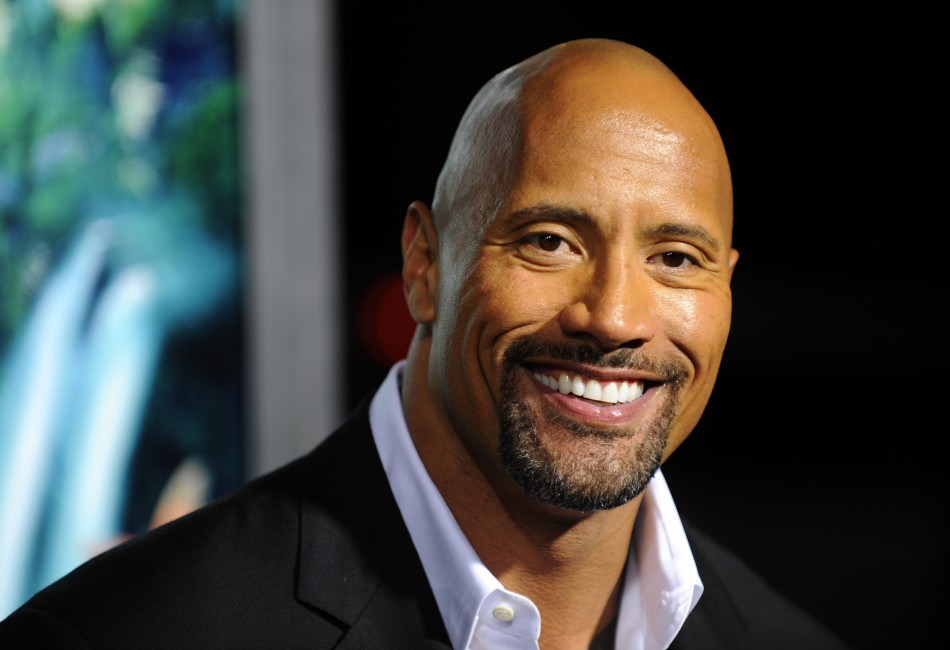The sheer size of the creature, which lived over 20 million years ago, is breathtaking, standing 18 feet high at the shoulder. The fibre-glass model has been carefully recreated using the original bones.These were first uncovered in the 1900s by a British explorer but the actual significance of the bones unearthed in 2000 in Dera Bugti was discovered by a French paleontologist, whose discovery of massive bones revealed the true size of the animal. Further drama followed, with fears that the bones may have been lost or destroyed in the military operation that took place in the area but fortunately, they had been safely stored by the late Nawab Akbar Bugti, who was killed in 2006.
The display of the giant model is good news. But the attention evoked by the event also draws attention to the need for better museums in our country. The recently renovated PNHM is a good effort, with some attractive reconstructions. So is the folk museum at the same location and the reconstructed Saidpur village a short distance away. But these museums cannot even come close to others elsewhere in the world.
In Lahore, the colonial-era museum housing artefacts dating back to the Gandhara age is close to shambles. There is little to describe the displays or hold the interest of viewers. The same holds true for museums in Peshawar, Taxila and other places — and we have virtually no science museum of note at all. Neighbouring India has done better.
Museums and other such centres play an important role in national life. They not only educate, but inculcate pride in the past. We need to work more to develop our museums, so that people, and especially the young, can benefit from them. This can happen only if official funding and official interest in museums increase.
Published in The Express Tribune, October 26th, 2012.
COMMENTS (4)
Comments are moderated and generally will be posted if they are on-topic and not abusive.
For more information, please see our Comments FAQ
1732603002-0/lamar-(4)1732603002-0-405x300.webp)
1720420084-0/brad-pitt-(2)1720420084-0-165x106.webp)










As an aspiring paleontologist i agree with the author on the need for a natural history museum. It goes without saying that Pakistan has a rich archeological and zoological record. In addition to our friend above, Pakistan has been host to magnificent creatures like Sivapithecus (an extinct ape related to the orangutan) and the common ancestor of all blue whales. (Whales were once terrestrial creatures which radiated out into the sea). I agree with Hasan that the author is being unfair. Considering the lack of support these museums receive, they do a heroic job of preserving our heritage for future generations. They do however need more help. The lack of knowledge about our countries history in today's youth is quite shocking. Thank you ET for bringing this issue up.
I would disagree with the Editor's views on country's museums. I have been to Taxilla, Mohen jo Darro and Lahore Museums, as well British Museum, Istanbul museum and several other London museums.
I would say that the amount of artefacts and the works done by curators at all these Pakistani museums is commendable, even by international standards. It would be better to draw more public interest to these sites rather than drawing scorn at the museums and their gatekeepers.
That is a nice animal